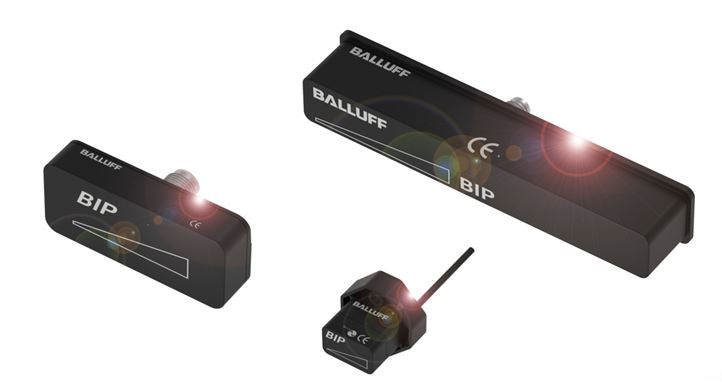We’ve posted numerous articles here on the Sensortech blog about linear position sensors used for applications such as hydraulic cylinder position feedback, plastic injection molding machinery, tire manufacturing machinery, etc. What all of the applications have in common is that we’re generally talking about fairly long linear travels, usually longer than 12″, sometimes up to 300″.
But in applications such as spindle clamp positioning on machine tools or positioning of
linear movements on automated assembly machinery, travels are sometimes only a couple of inches, and the available space to mount a position sensor is extremely limited. Fortunately, there are highly capable linear position sensors that are perfectly suited for such applications.
For example, there are sensors that use an array of inductive coils to detect the 
precise linear position of a simple metal target. These sensors, with working strokes ranging from < 1″ up to around 5″ have are extremely compact, with very little dead zone. That means they fit into very tight spaces, where other type of linear position sensors simply couldn’t.
Typically, these types of sensors provide a position signal in the form of an analog voltage (0-10V) or current (4-20 mA). Increasingly though, IO-Link interfaces are gaining in popularity, offering simplified wiring, better noise immunity, built-in diagnostics, and the ability to easily get the position data into virtually any industrial field-bus architecture.
For more information, visit www.balluff.com


 Non-metallic containers may provide the ability for the sensors look down to see the media with the same technologies mentioned above or by sensing through the walls of the container. Capacitive sensors can sense through the walls of a container up to 4mm thick with standard technology or up to 10mm thick using a hybrid capacitive technology offered by Balluff when detecting water based conductive materials. If the container is clear or translucent we have photoelectric sensors that can look through the side walls to detect the media.
Non-metallic containers may provide the ability for the sensors look down to see the media with the same technologies mentioned above or by sensing through the walls of the container. Capacitive sensors can sense through the walls of a container up to 4mm thick with standard technology or up to 10mm thick using a hybrid capacitive technology offered by Balluff when detecting water based conductive materials. If the container is clear or translucent we have photoelectric sensors that can look through the side walls to detect the media.
